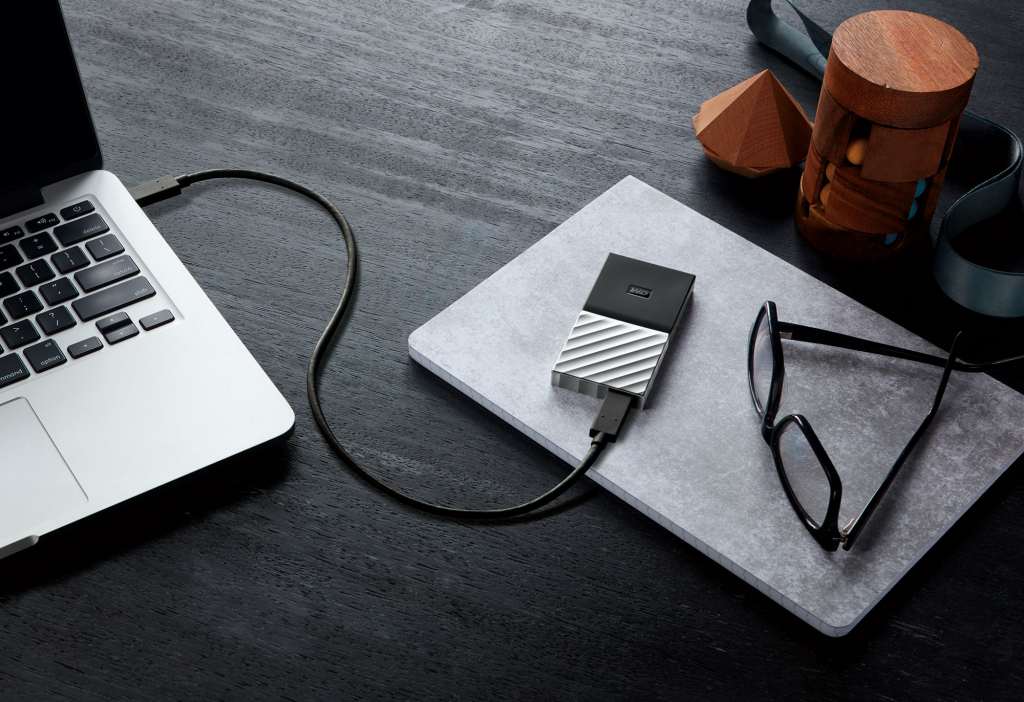Amidst all the craziness, it can be easy to forget the things we should be doing in our digital life. Beyond the meetings and working from home, you might have forgotten to back up, and today it’s just as important.
There’s a lot happening in the world right now, and by the end of March, we bet nobody thought the world landscape would look like this some six months ago. Most of us are at home, thanks in part to the closure of much of the world’s borders, and of fines that are suggesting we stay at home unless we desperately need to go out for air, exercise, work, or groceries.
All that home time keeps us near our computers, whether for work or play, and that means we’re likely building up more data.
More documents, more images, more music, more more. And what happens if we don’t backup that “more”? We run the risk of losing it.
However March 31 is World Backup Day, and a reminder that today and tonight, you should do that, because we’re building up so much data from writing documents to taking pictures on our phones, and if something is corrupted or threatened, it can remove it from our lives entirely.
“Data is regarded as one of the most valuable assets in the modern world,” said Alex Merton-McCann, Cybermum for McAfee in Australia.
“In today’s day and age, it’s basically digital gold. Everything you have on your devices, be it documents, photos or emails, carry important information that needs to be kept safe,” she said. “This is why we should all be participating in World Backup Day!”
Making sure you back up can be something of a reminder, and it can be automated, but it’s not something we all naturally think of when we sit down.
Fortunately there are some tips you can remember, such as using both an external drive and cloud storage.
Two is better than one
Two sources of storage are always going to be more useful than one, because of the issue of failure. While it’s possible for an external drive to fail, it’s safer to have a secondary source that you’ve backed up to.
If that source is online, it could be something like Google Drive, Dropbox, One Drive, or even iCloud for Apple users, providing an online library of your photos, documents, and more, accessible from more than one device.
Online storage solutions can backup from a phone, tablet, or computer, and then be accessible from those devices, as well. If you backup your photos automatically from your phone to iCloud or Google Photos, those photos can be accessed from a tablet or computer later on, leaving you with options.
You can also opt to back up to an external storage device or two, be it a thumb drive, external hard drive, or even one of the newer and faster solid state drives.
But there are other options, too.
McCann recommends backing up your mobile data to a laptop or PC, making it a central place for your data, and it’s not the only tip she suggests.
Make a time to backup
“While routinely backing up your data is one of the most important steps, it can be the first to slip our minds when life gets in the way,” she said.
“Make it super easy to regularly backup by using the existing automatic and scheduled backup features that already come with cloud services and many external drives.”
Alternatively, set up a date in your calendar to remind yourself when you should be backing up your most important files.
That could be every Tuesday, every second Thursday, but it should be somewhat regularly, and more than once a year.
You could start on March 31, because it’s World Backup Day, and if any day makes sense for understanding the importance of backing up, it’s this day.
“While backing up your personal and sensitive data is something that should be done routinely, this day is specifically dedicated to backing up the files and data important to you,” said McCann.
“It sounds tedious, but trust me, it’s less work than the trouble you’d find yourself in after losing important files!”








